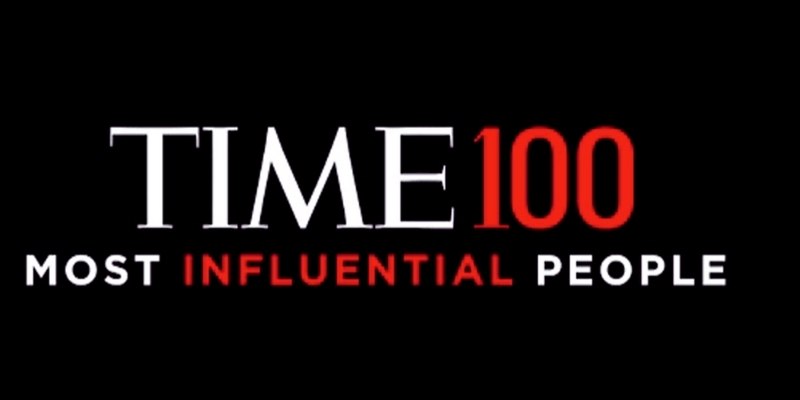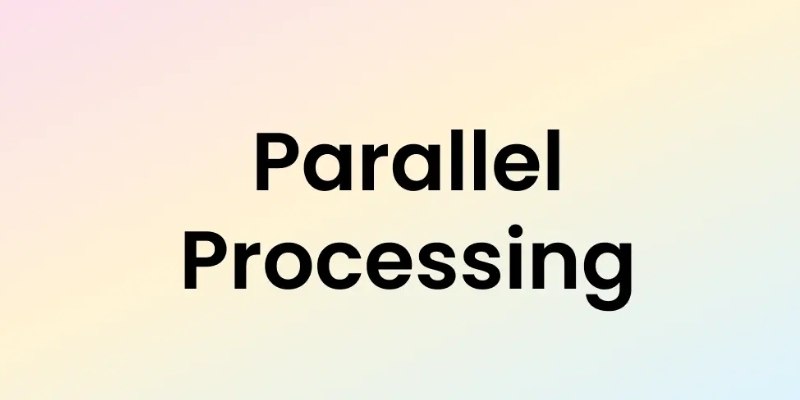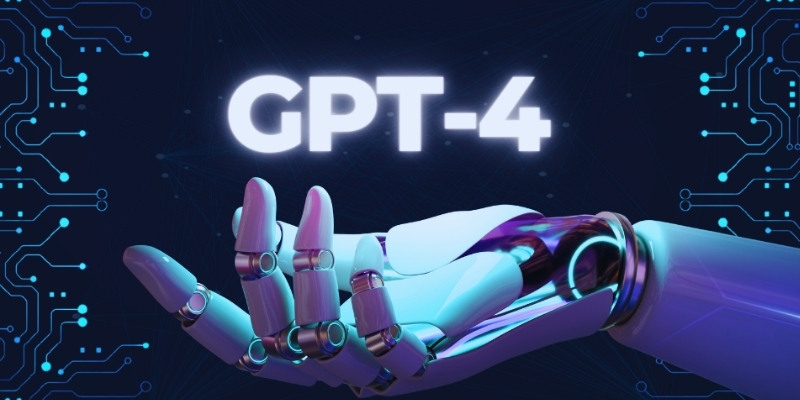Clinical trials play a vital role in the development of new drugs and treatments. However, one of the biggest hurdles to the success of these trials is patient recruitment and matching. Finding the right patients with the right medical conditions in the right locations is often a time-consuming and complex process. But what if there was a way to dramatically speed up this process and make it more accurate?
This is where open-source solutions come into play. By utilizing open-source software and databases, clinical trial teams can streamline the patient-matching process, reduce delays, and ensure better outcomes for research and treatment development. This post will explore how open-source solutions are revolutionizing patient matching in clinical trials.
What is Patient Matching in Clinical Trials?
Patient matching is the process of identifying individuals who meet the specific criteria of a clinical trial. These criteria often include:
- Medical conditions or diseases the patient must have
- Age range and gender
- Geographical location
- Previous treatments or medications taken
Within a big group of possible candidates, the hard part is finding the right patients who meet these requirements. Additionally, some patients may have unique traits that make them perfect targets for certain studies but are hard to find using standard methods. Therefore, there are often delays in clinical trials, which can seriously impede the creation of new medicines.
The Traditional Challenges in Patient-Matching
Clinical Trial patient matching used to be done by hand before open-source options became popular. There was a lot of paperwork, spreadsheets, and talking back and forth between study sites, doctors, and patients. This way of doing things often caused a number of problems:
- Limited Access to Data: Medical data was often stored in siloed systems, making it difficult to share information between trial sites.
- Slow and Error-Prone: Manual matching processes were time-consuming and prone to human errors, leading to delays.
- Inconsistent Patient Records: Patient information was not always up-to-date or complete, leading to inaccurate matches.
- Geographical Barriers: Patients who might have been eligible for a trial were often too far away to participate, limiting recruitment.
The inefficiencies of these traditional methods became apparent as clinical trials became more complex, requiring faster and more accurate matching to improve trial outcomes.
Open Source Solutions: A Game Changer for Patient-Matching
With the rise of open-source solutions, clinical trial teams now have access to powerful tools that help accelerate the patient-matching process. These solutions provide several key benefits:
Access to More Comprehensive Data

Open-source solutions often integrate multiple data sources, including electronic health records (EHRs), medical databases, and patient registries. It provides a more comprehensive view of a patient’s medical history, making it easier to identify candidates who match trial criteria. Additionally, these platforms may include data from past clinical trials, which allows researchers to find patients who may have been overlooked in the past.
Faster and More Accurate Matching
One of the most significant advantages of open-source solutions is their ability to process large amounts of data quickly. Instead of manually sifting through spreadsheets or paper records, clinical trial teams can use algorithms and machine learning models to match patients with high accuracy. These tools can analyze medical histories, genetic data, and other relevant factors to identify patients who meet the trial criteria, all in a fraction of the time it would take manually.
- Real-Time Updates: Patient records are updated in real-time, reducing the risk of outdated information.
- Automated Matching: Algorithms automatically match patients based on specific trial criteria.
- Customizable Filters: Researchers can customize the matching process to include specific factors such as rare diseases or specific genetic markers.
Increased Diversity and Inclusivity
Open-source solutions can also increase the diversity of clinical trials. By analyzing a broad range of data from various patient populations, these tools can help ensure that trials are representative of different demographics. It includes factors like age, race, and socioeconomic status, which are often underrepresented in traditional trials.
Ensuring that trials are diverse not only improves the quality of the research but also helps develop treatments that work for a wider range of patients.
Real-Time Monitoring and Reporting
With real-time monitoring capabilities, open-source platforms can track the progress of patient matching throughout the trial process. It allows researchers to quickly identify any bottlenecks or issues and address them before they cause delays. Additionally, detailed reports can help ensure that patient data is accurate and up-to-date, making it easier to meet regulatory requirements.
Enhanced Security and Privacy

Privacy is a top concern when dealing with sensitive medical data. Open-source platforms are built with robust security features that help protect patient information. It includes encryption, secure data storage, and compliance with regulations like HIPAA and GDPR. By using open-source tools, clinical trial teams can ensure that patient data is kept secure and that trials meet all necessary privacy requirements.
Key Features of Open-Source Patient-Matching Platforms
Open-source platforms offer several features that make them ideal for improving patient matching in clinical trials:
- Interoperability: Open-source solutions can easily integrate with other medical systems, ensuring that data is shared efficiently across multiple platforms.
- Transparency: Researchers can access the source code of the software, enabling them to make custom modifications that meet their specific needs.
- Cost-Effectiveness: Because open-source software is free to use and modify, it can significantly reduce the cost of implementing patient-matching systems.
Conclusion
Open-source solutions are rapidly transforming the way patient matching is conducted in clinical trials. By providing real-time data access, standardizing health data, improving collaboration, and integrating advanced technologies like AI, open-source platforms are significantly improving the efficiency and accuracy of clinical trials. These technologies not only speed up the recruitment process but also reduce costs, enhance patient outcomes, and promote diversity in clinical trials. As more healthcare institutions and research organizations adopt these solutions, the future of clinical trials looks brighter, faster, and more inclusive.











